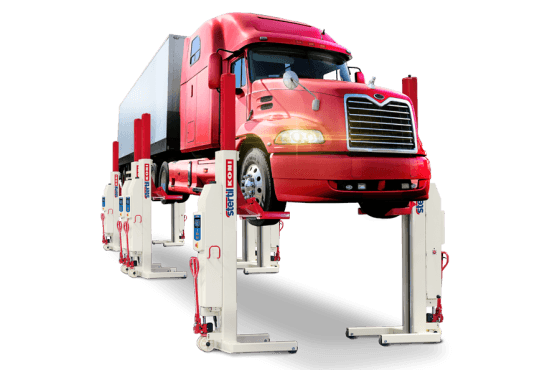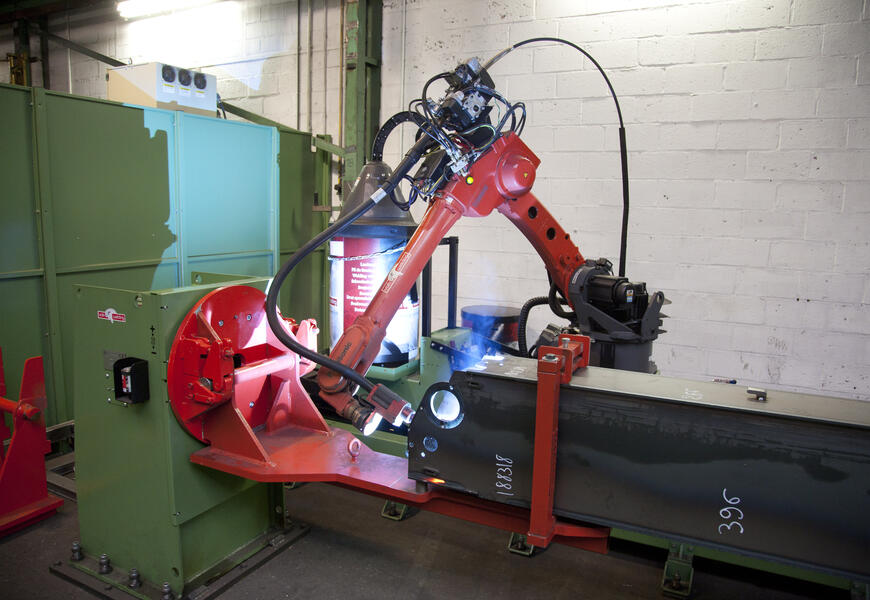Stertil Group, jonka pääkonttori sijaitsee Frisian Kootstertillessä, kehittää ja valmistaa laituritasoja Stertil Dock Products -nimellä ja nostosiltajärjestelmiä Stertil Koni -brändillä. Tuotteita myydään maailmanlaajuisesti kahdeksan myyntikonttorin sekä omien tuotantolaitosten kautta Yhdysvalloissa ja Kiinassa sekä jälleenmyyjäverkoston kautta.
Rajoitettu tehokkuus hitsaustuotannossa
Kun nykyinen toimitusjohtaja otti Stertilin johdon noin 14 vuotta sitten, yritys oli tappiollinen. "Oli aika kehittää selkeä strategia. Perusteellisen markkinatutkimuksen ja liiketoiminta-analyysin pohjalta perustimme uuden organisaation ja kokosimme uuden johtoryhmän. Yksi ensimmäisistä heikkouksista, jotka havaitsimme tuotannossa, oli rajoitettu tehokkuus (hitsaustuotannossa). Laituritasojen ja nostosiltajärjestelmien komponentit rakennetaan monenlaisina ja -kokoisina, ja jokaiselle tyypille ja koolle käytettiin erillistä kiinnitys- ja hitsauskiinnitystä. Olemassa olevien robottien oli aina odotettava, kunnes kiinnitys oli vaihdettu ja työkappale oli kiinnitetty. Tämän seurauksena robotit joutuivat seisomaan tyhjänä pitkään. Tehokkuutta oli lisättävä huomattavasti," selittää Ulbe Bijlsma.
Modulaariseen rakenteeseen
Yksi aloitteista oli modulaarisen tuotesuunnittelun käyttöönotto laituritasoille. Tämän pohjalta tutkittiin optimaalinen tuotantomenetelmä. "Olimme kehittäneet automaattisesti säädettävän kiinnityksen, jossa voimme nopeasti vaihtaa eri mallien välillä. Kun kiinnitysprosessi suoritettiin rinnakkain hitsausrobotin kanssa, robottia ei tarvinnut odottaa kiinnitystä, joten työkierto voitiin kaksinkertaistaa. Tämän myötä hyvästelimme vanhan työskentelytavan," selittää Jan Bosch.




